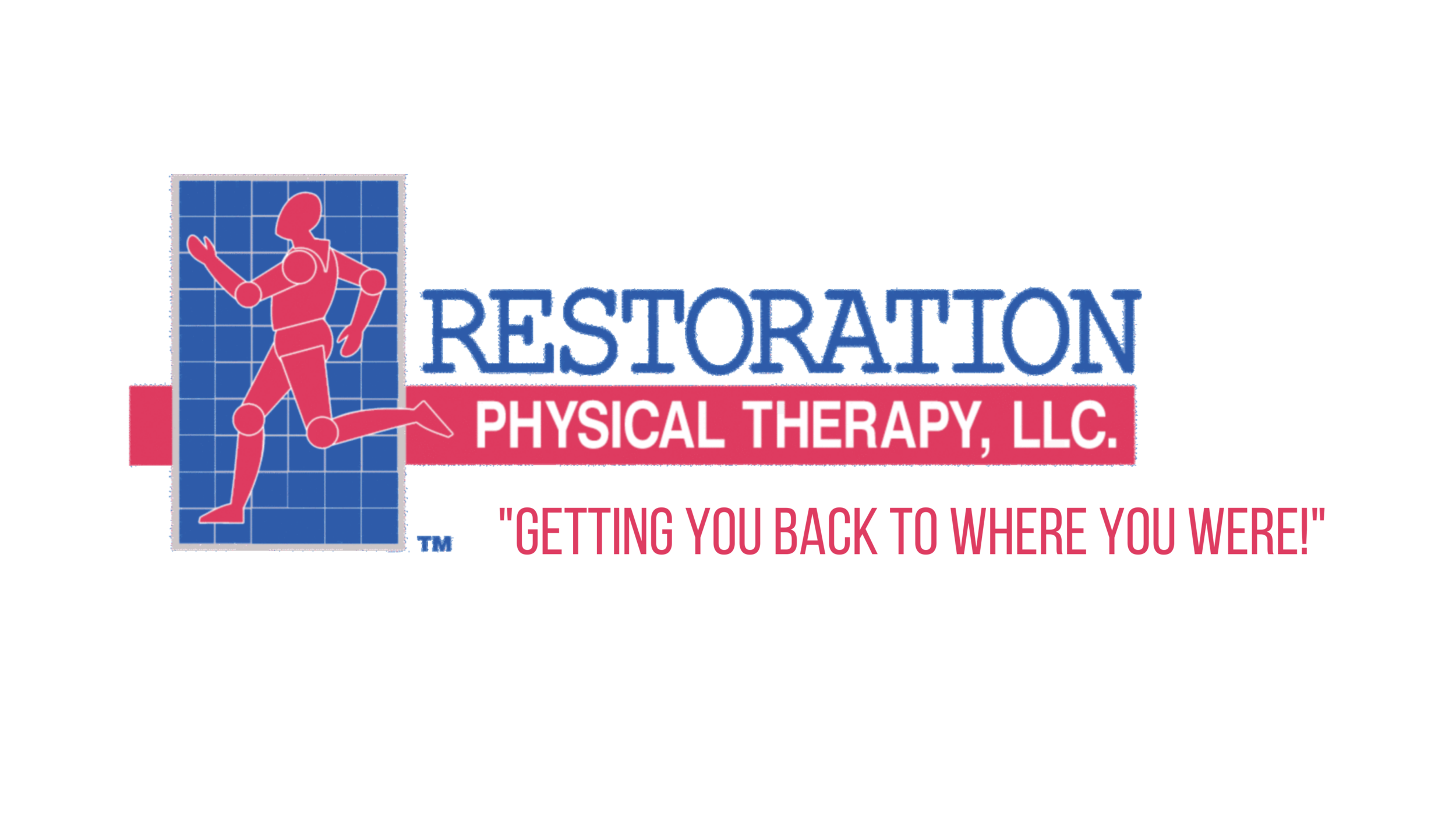How We Can Help
Patients with shoulder rotator cuff syndrome (tendonitis, bursitis), rotator cuff tears, frozen shoulder, tennis/golfers elbow, carpal tunnel, and fractures of the upper arm are commonly prescribed physical therapy. It will assist in reducing pain and inflammation, and improving mobility and strength.
We will provide you with an extensive evaluation by an expert physical therapist with years of training in medical evaluation of musculoskeletal conditions. Your physical therapist will then discuss the medical findings and formulate a unique plan of care for you. Treatment may include stretches, strengthening exercises, postural education, manual techniques, dry needling, and/or modalities including ultrasound, phonophoresis, iontophoresis and Electrical Stimulation.
Rotator Cuff Impingement, Tendonitis, Bursitis
The shoulder is the most complicated joint in your body. The reason is that it has to move through a very large range of motion while maintaining strength and stability. The shoulder and shoulder blade have to be in
perfect rhythm with each other every time you raise your arm up. If the shoulder complex becomes unbalanced from lack of flexibility, strength or poor posture, an increased strain occurs on the shoulder structures.
This can lead to a buildup of inflammation, degeneration of shoulder muscle tissue, and long term joint damage such as arthritis.
Impingement is caused by poor mechanics of the shoulder. When the rotator cuff muscles are weak and the shoulders are rounded forward in poor posture, the ball of the humerus bone does not dip down when lifting your arm overhead. This results in pinching of the rotator cuff tendons and bursa (a fluid filled sac) between the humerus bone and the shelf of the shoulder blade called the acromion.
Tendonitis and bursitis are very common condition of the shoulder. They are the result of a constant pinching of the rotator cuff tendons and bursa with overhead activities. The constant pinching causes inflammation around the shoulder resulting in painful swelling. Tendonitis and bursitis responds well to conservative treatment to address the causes of the tendon strain and inflammation.
An abnormal wear and tear over time may lead to bone spurs, and tearing of the rotator cuff tendons. Physical therapy plays an important role in restoring strength, range of motion, improving posture, and decreasing pain and inflammations.
Rotator Cuff Tears
Non traumatic rotator cuff tears are usually the result of abnormal wear and tear to the rotator cuff tendons over time. Traumatic tears usually occur do to a direct insult to the shoulder, such as falling on an outstretched arm or picking up something heavy.
Non traumatic and traumatic rotator cuff tears can benefit from physical therapy in order to restore full range of motion and strengthen the shoulder to its full potential to perform your daily activities effectively. Surgery may be suggested for large rotator cuff tears.
Frozen Shoulder
Frozen Shoulder (adhesive capsulitis) is an inflammatory reaction of the shoulder capsule that leads to formation of adhesions. The onset of the condition is usually unknown or from a minor trauma, usually occurs in individuals 45-67 years of age, and affects women more than men. Classically, symptoms of frozen shoulder have been divided into 3 phases: (1) the painful phase, (2) the stiffening phase, and (3) the thawing phase. In the initial painful phase, there is a gradual onset of diffuse shoulder pain lasting from weeks to months. The stiffening phase is characterized by a progressive loss of motion that may last up to 1 year. The final, thawing phase is measured in weeks to months and constitutes a gradual motion improvement.
With a frozen shoulder, pain can radiate down the arm, even to the wrist, but will not typically radiate to the fingers. Pain may occur when doing simple activities such as brushing your hair, dressing and undressing, putting your hand behind your back, and sleeping on the affected arm.
Physical therapy can significantly improve range of motion of the shoulder through specific stretches and manual joint mobilizations. Early intervention of physical therapy can reduce the formation of adhesions in the joint capsule.
Tennis and Golfer’s Elbow
Tennis and Golfer's Elbow (Lateral and Medial epicondylitis) are conditions caused by repetitive motion associated with forceful finger and wrist motions. Pain, tenderness, and inflammation occur on the inner side or outer side of the elbow, where the tendons of your forearm muscles attach to the bony bump on the inside or outside of your elbow.
The pain and tenderness may extend along the inner or outer side of your forearm and into the wrist, creating stiffness in the elbow and pain when making a strong fist. You may experience weakness in your hand and wrist as well as numbness and/or tingling in the ring and little fingers. Pain often comes on gradually, and you are likely to notice that pain worsen with forceful and repetitive grasping motions. Activities such as when swinging a golf club or tennis racket, squeezing or pitching a ball, turning a door knob, or bending your wrist toward your forearm are examples of activities that may worsen your symptoms.
Physical therapy is important to help decrease the pain, improve/maintain elbow and wrist range of motion, and increase strength of the muscles specifically in the elbow and wrist. The physical therapist will instruct you on ways to minimize excessive gripping motions that increase your symptoms.
Carpal Tunnel Syndrome
Carpal Tunnel Syndrome (CTS) usually includes symptoms of numbness, tingling and pain in the palm of your hand. It is the result of an entrapment of the median nerve within the carpal tunnel at the wrist. Risk factors associated with the development of CTS is pregnancy, rheumatoid arthritis, endocrine disorders such as diabetes and hypothyroidism, wrist fractures and activities involving repetitive motion at the wrist. Positions
of extreme wrist flexion and extension are known to increase pressures within the carpal canal and apply pressure on the nerve. Physical therapy can help reduce pain, swelling and pressure at the carpal tunnel to help relieve symptoms.





